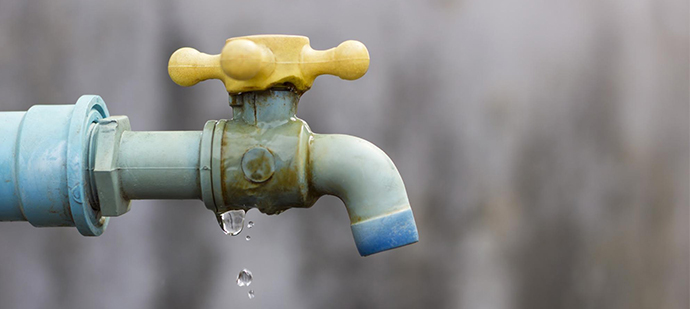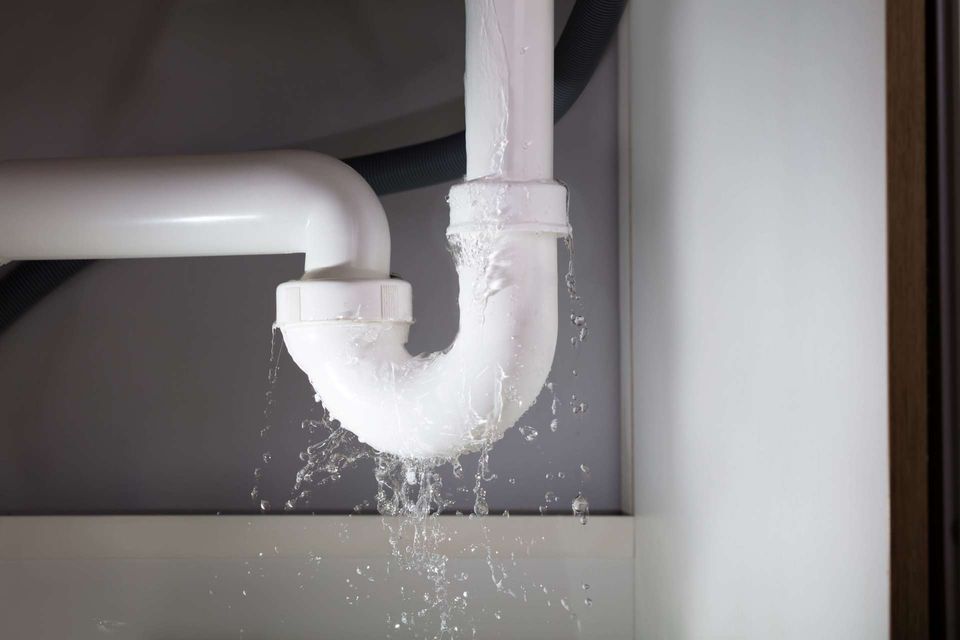Presented here below you will discover a bunch of helpful help and advice regarding Finding hidden leaks.

The moment you find a leak, calling your plumber for repairs is the best solution. However, some little water leakages might not be visible. If you can not identify it with your nude eyes, right here are some hacks that aid.
Early discovery of dripping water lines can reduce a possible catastrophe. Aside from conserving you money, it will decrease the irritation and also disappointment.
Examine Water Intake
If you spot abrupt adjustments, in spite of your usage being the same, it means that you have leakages in your plumbing system. An unexpected spike in your bill shows a fast-moving leakage.
A constant increase every month, also with the same routines, reveals you have a sluggish leakage that's also slowly rising. Call a plumber to thoroughly inspect your residential or commercial property, specifically if you feel a cozy location on your floor with piping underneath.
Check and also Analyze the Situation
Homeowners should make it a practice to check under the sink counters and even inside cabinets for any bad odor or mold and mildew development. These two red flags indicate a leak so prompt focus is called for. Doing regular assessments, even bi-annually, can save you from a significant trouble.
Take A Look At the Water Meter
Every home has a water meter. Checking it is a proven manner in which assists you find leaks. For beginners, shut off all the water sources. Make certain nobody will certainly flush, use the tap, shower, run the washing equipment or dishwashing machine. From there, most likely to the meter as well as watch if it will certainly alter. Given that nobody is utilizing it, there need to be no motions. That suggests a fast-moving leakage if it moves. If you spot no changes, wait an hour or 2 and also check back again. This implies you might have a slow-moving leakage that can also be below ground.
Asses Outside Lines
Do not neglect to inspect your outside water lines too. Test faucets by affixing a garden hose pipe. Should water permeate out of the link, you have a loose rubber gasket. Change this as well as guarantee all links are limited. If you've obtained an automatic sprinkler, it will help get it properly analyzed and preserved annually. One tiny leak can throw away tons of water as well as increase your water bill.
Do a Food Coloring Test
When it concerns water intake, 30% comes from commodes. Examination to see if they are running properly. Decrease specks of food color in the container and wait 10 mins. If the color somehow infiltrates your dish during that time without flushing, there's a leakage between the storage tank and bowl.
Inspect for discolorations and weakening as most pipelines as well as home appliances have a life expectancy. If you suspect dripping water lines in your plumbing system, don't wait for it to rise.
The minute you find a leakage, calling your plumber for repair work is the best solution. Some small water leaks might not be visible. Inspecting it is a surefire method that helps you find leakages. One small leakage can squander bunches of water and surge your water bill.
If you think dripping water lines in your plumbing system, do not wait for it to escalate.
WARNING SIGNS OF WATER LEAKAGE BEHIND THE WALL
PERSISTENT MUSTY ODORS
As water slowly drips from a leaky pipe inside the wall, flooring and sheetrock stay damp and develop an odor similar to wet cardboard. It generates a musty smell that can help you find hidden leaks.
MOLD IN UNUSUAL AREAS
Mold usually grows in wet areas like kitchens, baths and laundry rooms. If you spot the stuff on walls or baseboards in other rooms of the house, it’s a good indicator of undetected water leaks.
STAINS THAT GROW
When mold thrives around a leaky pipe, it sometimes takes hold on the inside surface of the affected wall. A growing stain on otherwise clean sheetrock is often your sign of a hidden plumbing problem.
PEELING OR BUBBLING WALLPAPER / PAINT
This clue is easy to miss in rooms that don’t get much use. When you see wallpaper separating along seams or paint bubbling or flaking off the wall, blame sheetrock that stays wet because of an undetected leak.
BUCKLED CEILINGS AND STAINED FLOORS
If ceilings or floors in bathrooms, kitchens or laundry areas develop structural problems, don’t rule out constant damp inside the walls. Wet sheetrock can affect adjacent framing, flooring and ceilings.
https://www.servicemasterbyzaba.com/blog/how-to-detect-water-leakage-in-walls/

Do you really like reading up on Top leak detection hacks? Create a comment down the page. We would be glad to see your suggestions about this posting. In hopes that you visit us again later on. In case you appreciated our blog posting plz remember to pass it around. Thank you for going through it.